- The majority of charging attempt failures are caused by communication problems between the EV and the charger.
- The American Center for Mobility in Michigan has a “basecamp” where EV makers and charger manufacturers can check for communication problems.
- Partners are providing a cloud-based platform to monitor charging stations, let EV drivers know which stations work, notify companies of charger problems, and allow seamless payment for EV drivers.
On May 8, the American Center for Mobility will perform a ceremonial ribbon-cutting ceremony for its EV Charging Basecamp. The Basecamp’s goal is to accelerate the Holy Grail of EV infrastructure: EV charging interoperability. If EV drivers can have more certainty that they will actually be able to charge when they plug in to a station, it will help speed up EV adoption.
ADVERTISEMENT
“We are seeing a bit of a slowdown in adoption,” Brian Esterberg, head of corporate relations research and strategic partnerships at the American Center for Mobility, told Electrify News in an interview. “[The slowdown is] not just because of interoperability and charging issues, but this is a critical element, I am excited at trying to solve this one piece.”
A Different Type of EV Charging Interoperability
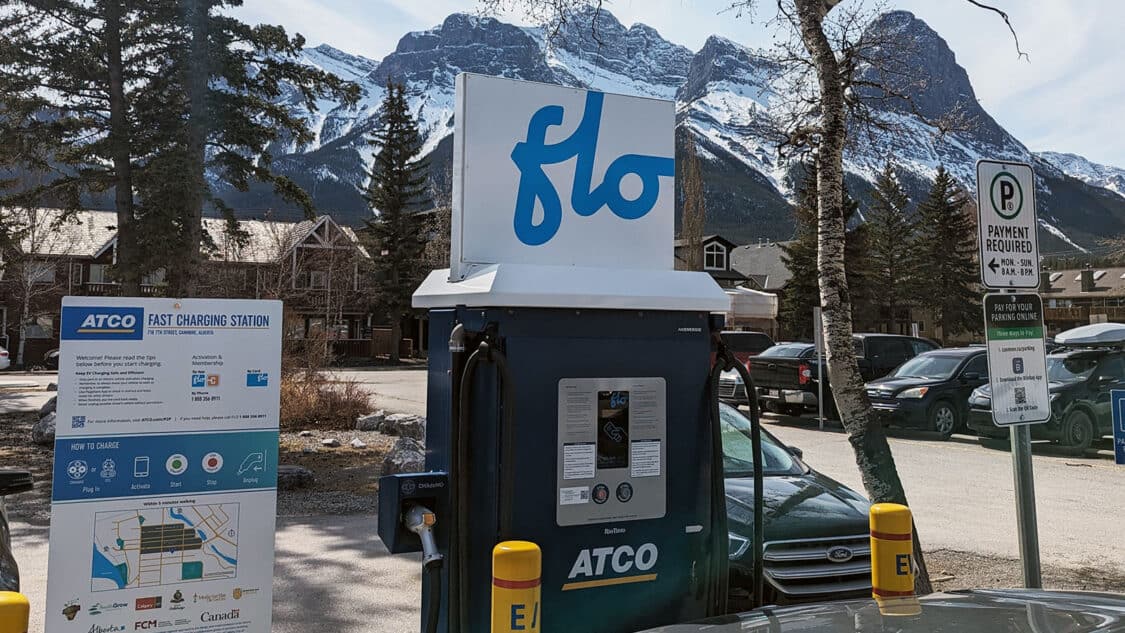
There are several concepts people might be referring to when they use the term “interoperability.” One type of interoperability is that which eliminates the need for multiple apps and payment methods across different brands of chargers. That is called Plug and Charge interoperability, Esterberg said.
“Plug and Charge simplifies the process of charging for consumers, eliminating the need for physical payment methods or authentication procedures typically required at EV charging stations,” he said.
The ACM is focused on another type of interoperability, software interoperability. That allows seamless communication and power transfer between the EV and the charger.
Aside from a broken charger or cable, problems with communication caused by software interoperability seem to be responsible for the majority of charging session failures, Esterberg said.
Indeed, a study by the Electrification Institute found that 93% of charging problems were caused by either station connectivity issues (55%) or a problem with the software or hardware (38%).
These types of synchronization errors between vehicles and charging stations will only increase as over-the-air updates become more common with vehicles and chargers.
Partners in the Technology and Mobility Arenas

EV charging interoperability is only one of the many issues the ACM is looking at. It is based in Ypsilanti, Michigan at, somewhat ironically, the former site of General Motors’ Willow Run plant, which produced internal combustion engine vehicles as well as transmissions and powertrains.
The ACM’s focus is technology and mobility — “To transform the way industries advance safe, sustainable, and secure mobility technologies,” as its website says.
ADVERTISEMENT
The EV Charging Basecamp at the ACM will allow automakers and charging stations makers to check that the “handshake” between the vehicle and chargers works, give speedy feedback, and provide engineering and support services. It will be able to test both the NACS and CCS equipment and communication protocols.
In January, it received a $2.9 million grant from the Joint Office of Energy and Transportation that the ACM will use to construct the EV Charging Basecamp in partnerships with the Charging Interface Initiative Inc. (CharIN) and Argonne National Laboratory.
ACM also partners with Terbine, which created an industry-wide open-source cloud-based charging station management platform to monitor EV charging stations, direct EV drivers to stations that will actually work, notify EVSE providers of problems, and allow charging to be paid for through multiple apps.
Another partner, IBM, is the cloud host.
Moving Toward Charging Certainty
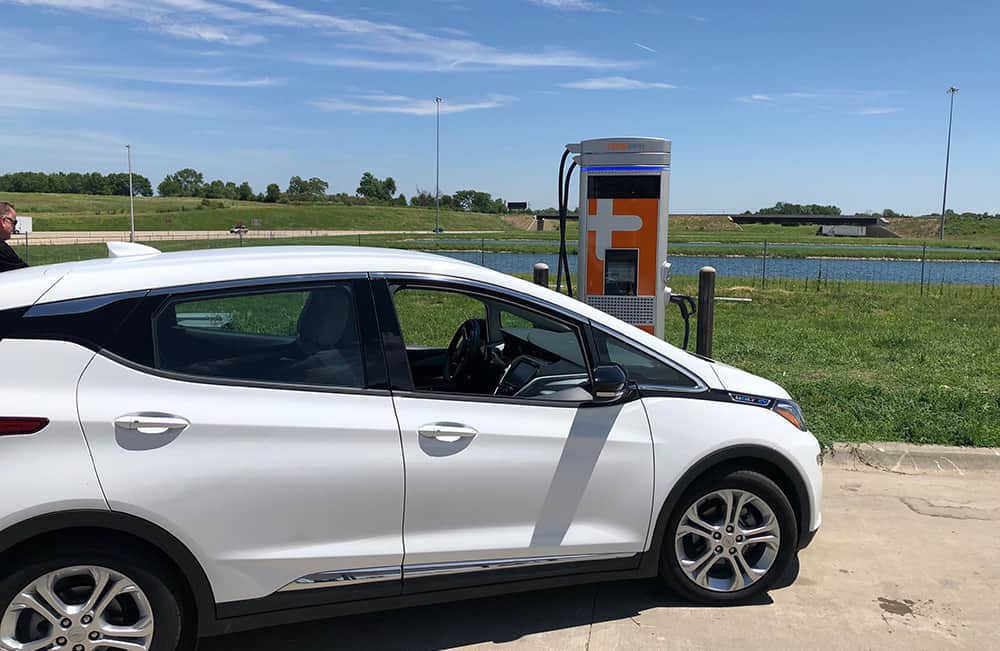
The EV Charging Basecamp won’t result in an immediate solution to unreliable charging. It will likely take a year or more for the testing to start making a difference in charger reliability, Esterberg said.
“I think it is going to snowball, but it is going to take time for it to have an impact,” he said.
Still, it is very encouraging that a wide swath of players in the electric vehicle charging infrastructure field are working together on EV charging interoperability.
Being able to have some level of certainty that the charger you drive up to will actually work is key to eliminating a major anxiety for EV drivers and eventually creating positive buzz about EV charging instead of the negative stories that have helped slow EV adoption.
Industry efforts like the ACM’s EV Charging Basecamp will help achieve that and encourage more drivers to go electric.
ADVERTISEMENT

FEATURE IMAGE: ELECTRIFY AMERICA
FTC: We use income-earning auto affiliate links. Learn more.


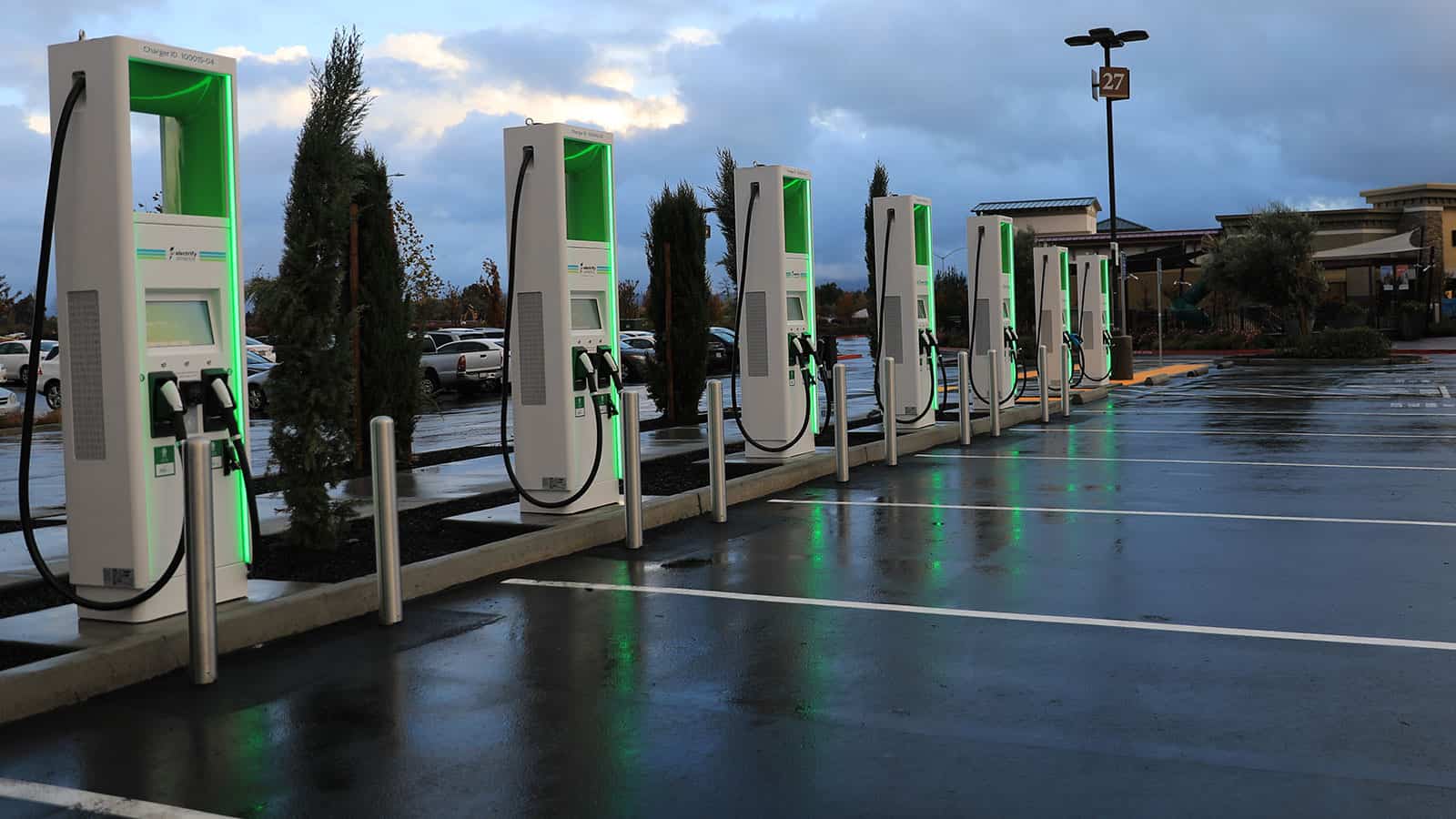
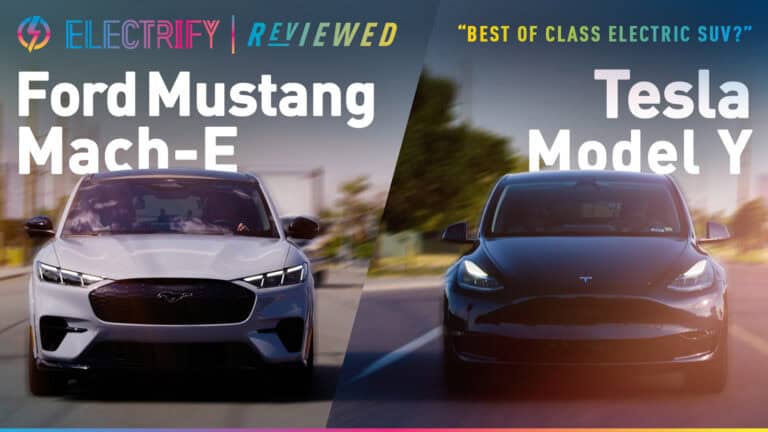
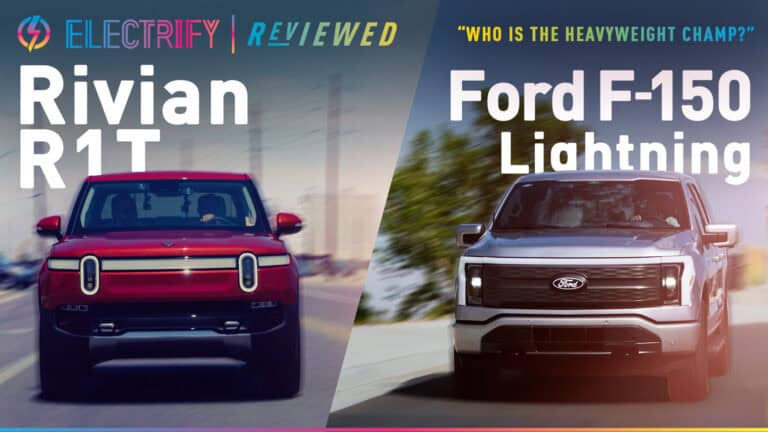
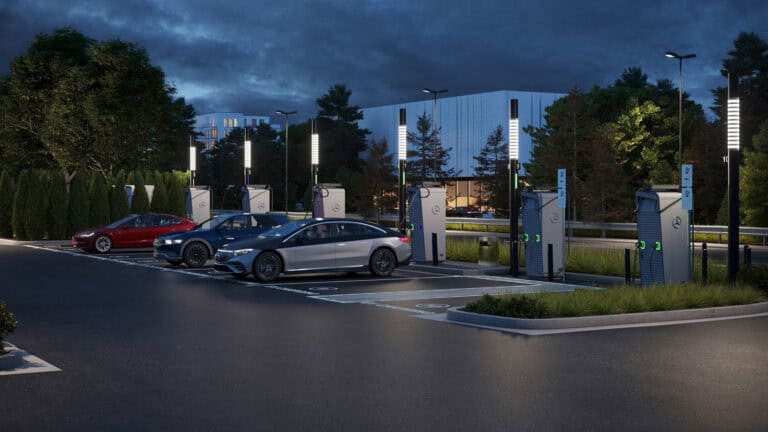
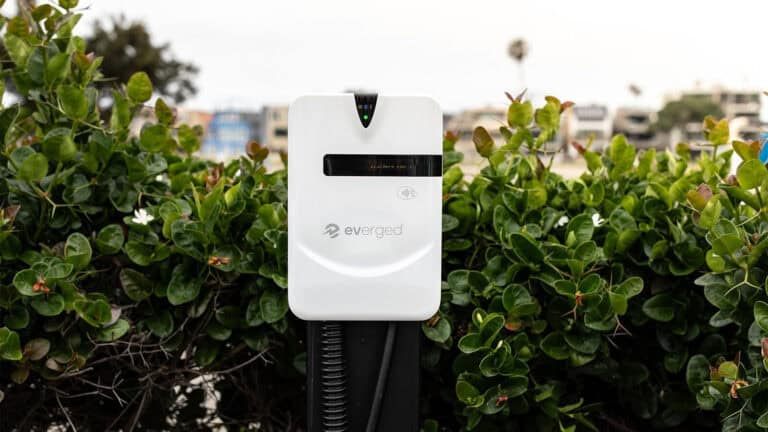

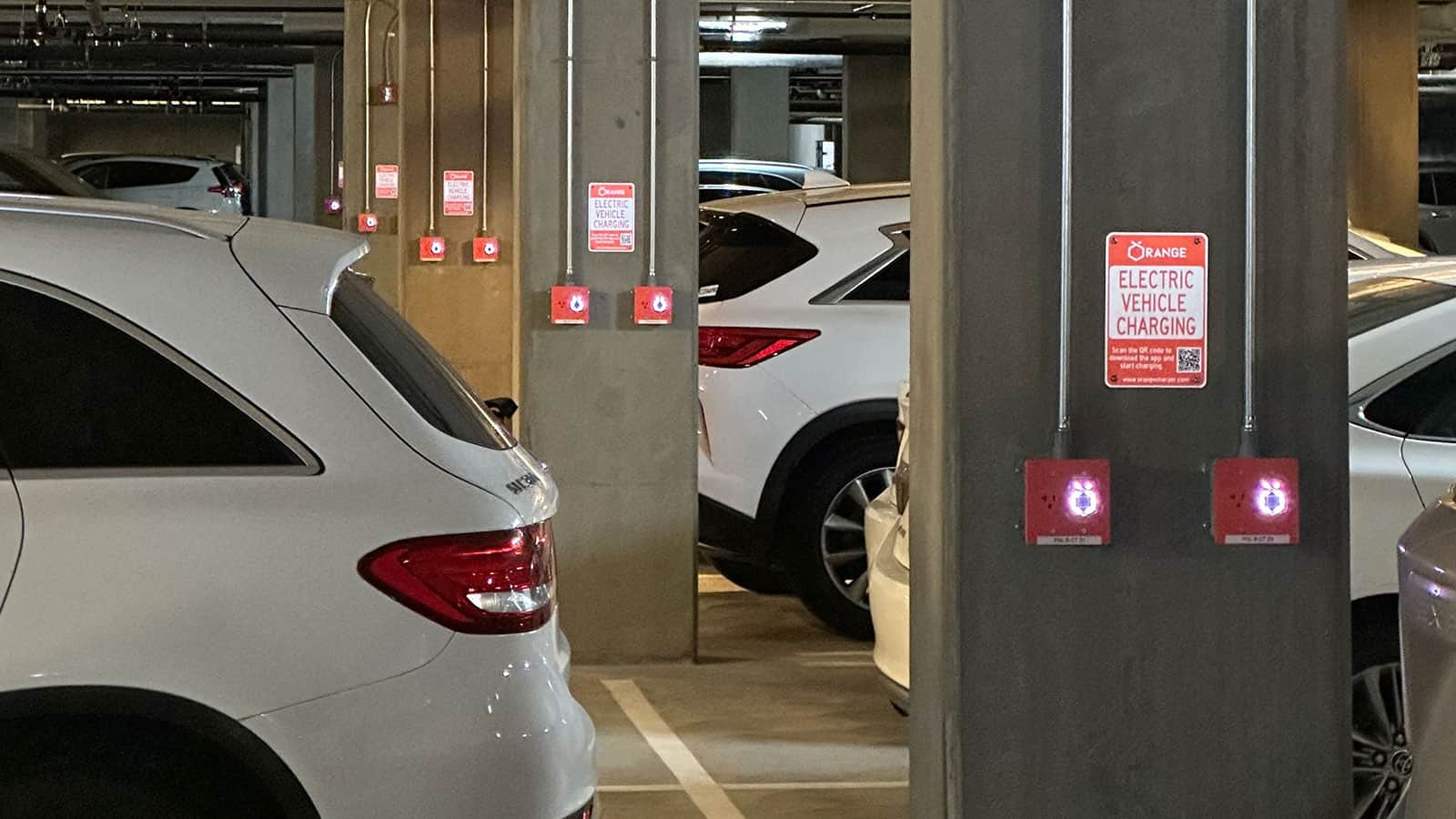


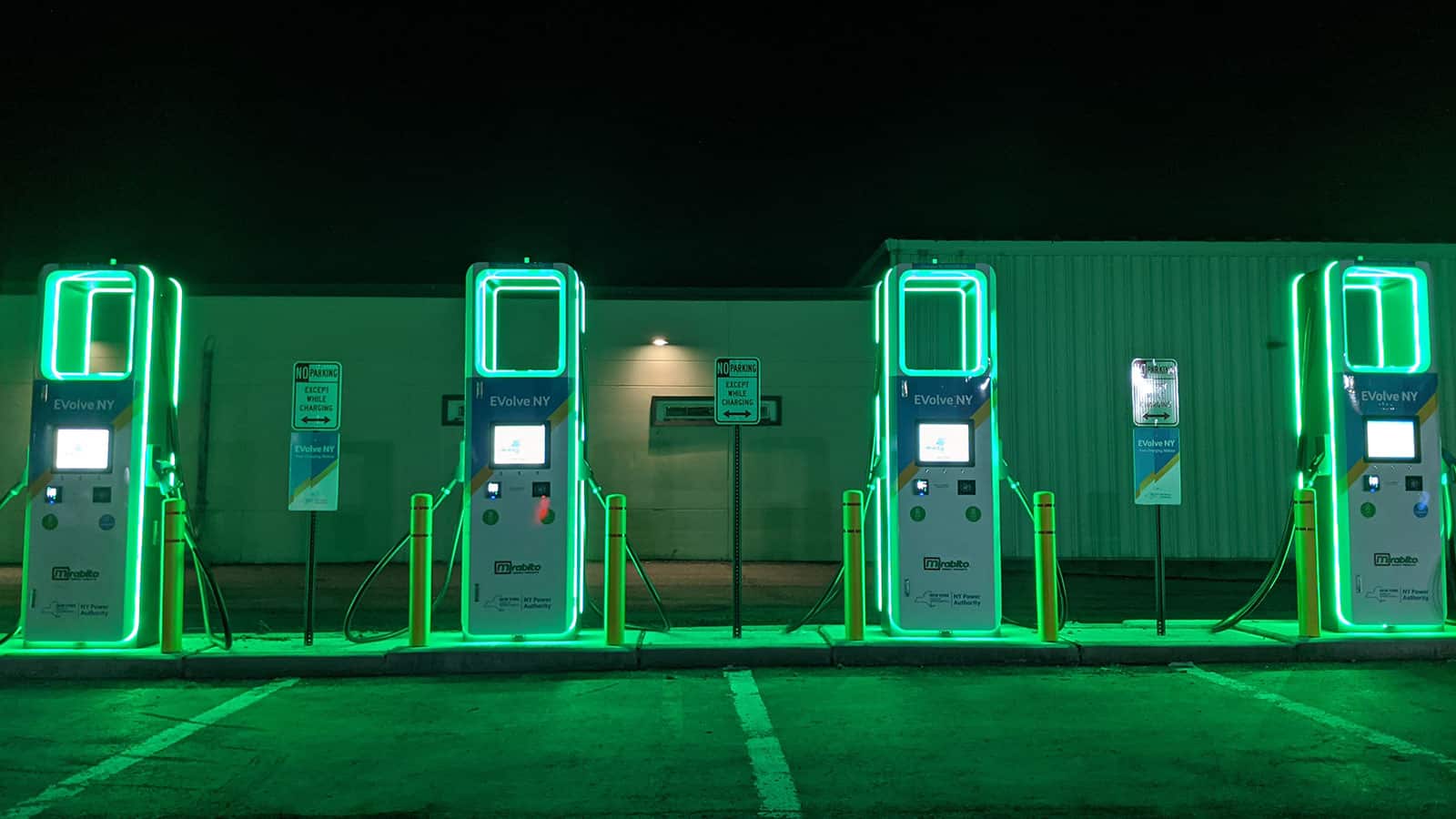
3 Responses
I drive an EV and I’ve told friends if you can”t have a 220 charger at home don”t buy an EV. I get free charging for 2 years but I won’t use it. It’s a pain to charge at a public station. 45 minutes is my shortest time and that’s with an available charger. Until thats resolved EVs aren”t going to sell
This EV charger was just introduced in NYC – charge 200 miles in 5 mins. https://electrifynews.com/news/ev-chargers/the-gravity-ev-charging-center-in-midtown-manhattan-is-fast-charges-200-miles-in-5-minutes/
That’s terrible advice, Rob. If you’re experiencing 45+ minute wait times, I’m guessing you either live in a larger metropolitan area like Los Angeles or you have terrible time management skills (referring to attempting to charge during peak demand times), or maybe a combination of both.
The average wait time for a public EV charger in the United States varies quite significantly depending on factors such as location, time of day, charger availability, and demand. In urban areas with high EV adoption rates, wait times might be longer during peak hours, while in less populated regions or at less frequented charging stations, wait times could be minimal or non-existent.
While it’s understandable that you may have encountered challenges with public charging infrastructure due to your location and the schedule you keep, it’s important to recognize that your experience is not representative of all (or even most) EV owners or potential buyers.
Also, the range of EVs continues to improve with advancements in battery technology, reducing the frequency of charging and mitigating concerns about potentially long wait times at public stations, as drivers are able to cover greater distances on a single charge.
Personally, I drive an EV that gets 350~ miles on when fully charged, and I mostly charge at home connecting to a NEMA 14-50 outlet in my garage. However, I also go on a lot of road trips with my EV and have never, not even once, had to wait for an open stall at a public charging station. And that’s traveling to and around major cities like Atlanta, DC, Baltimore, Philadelphia, etc.